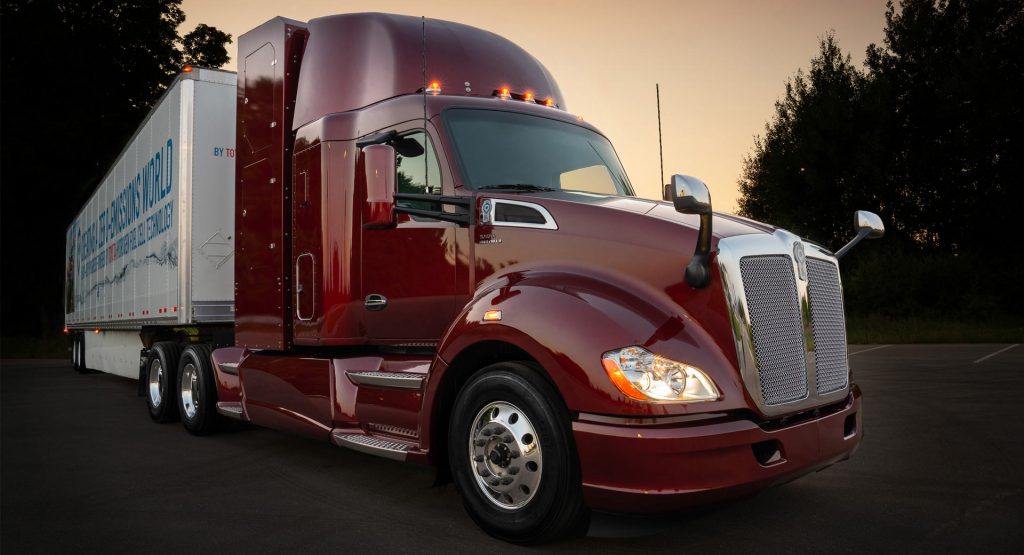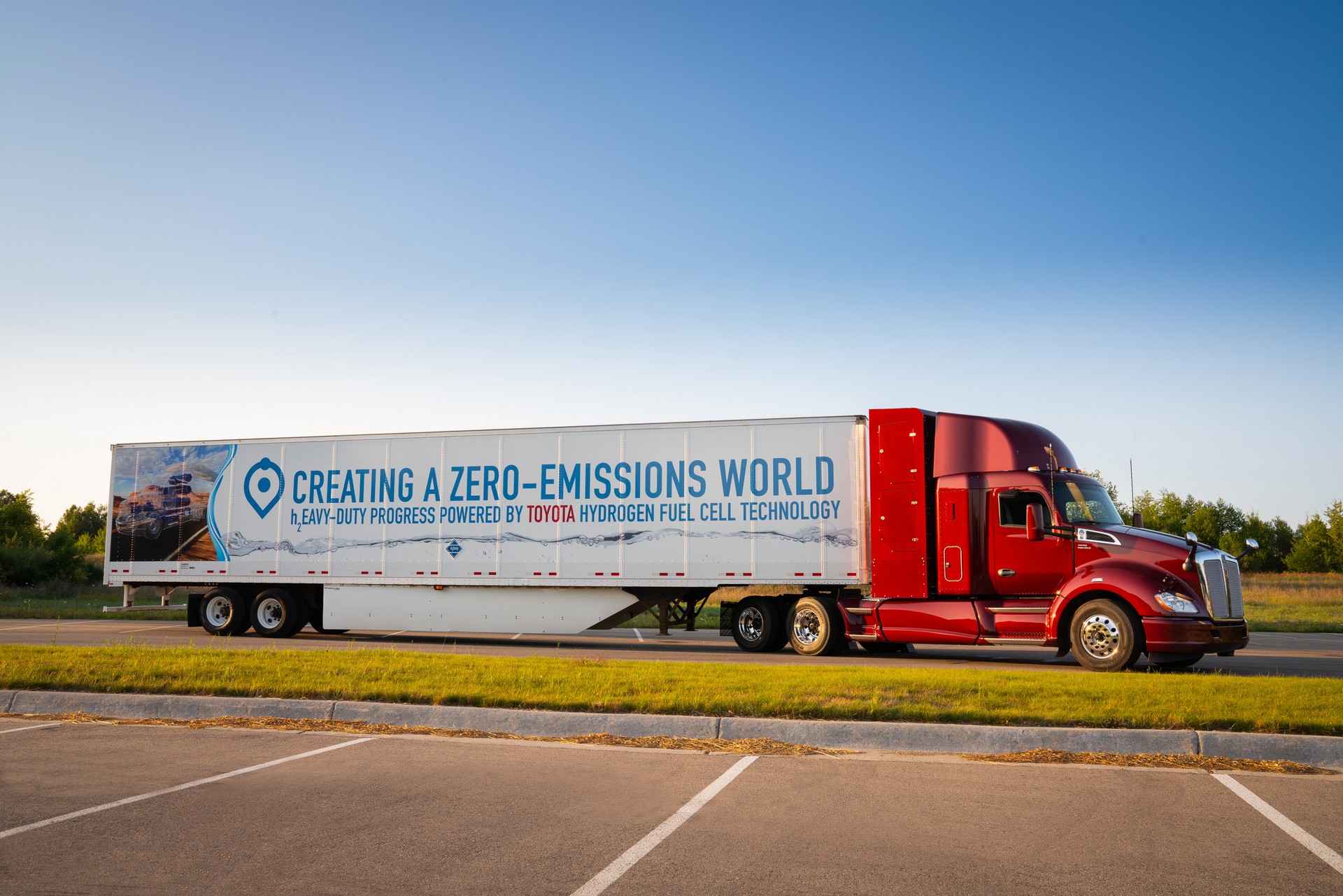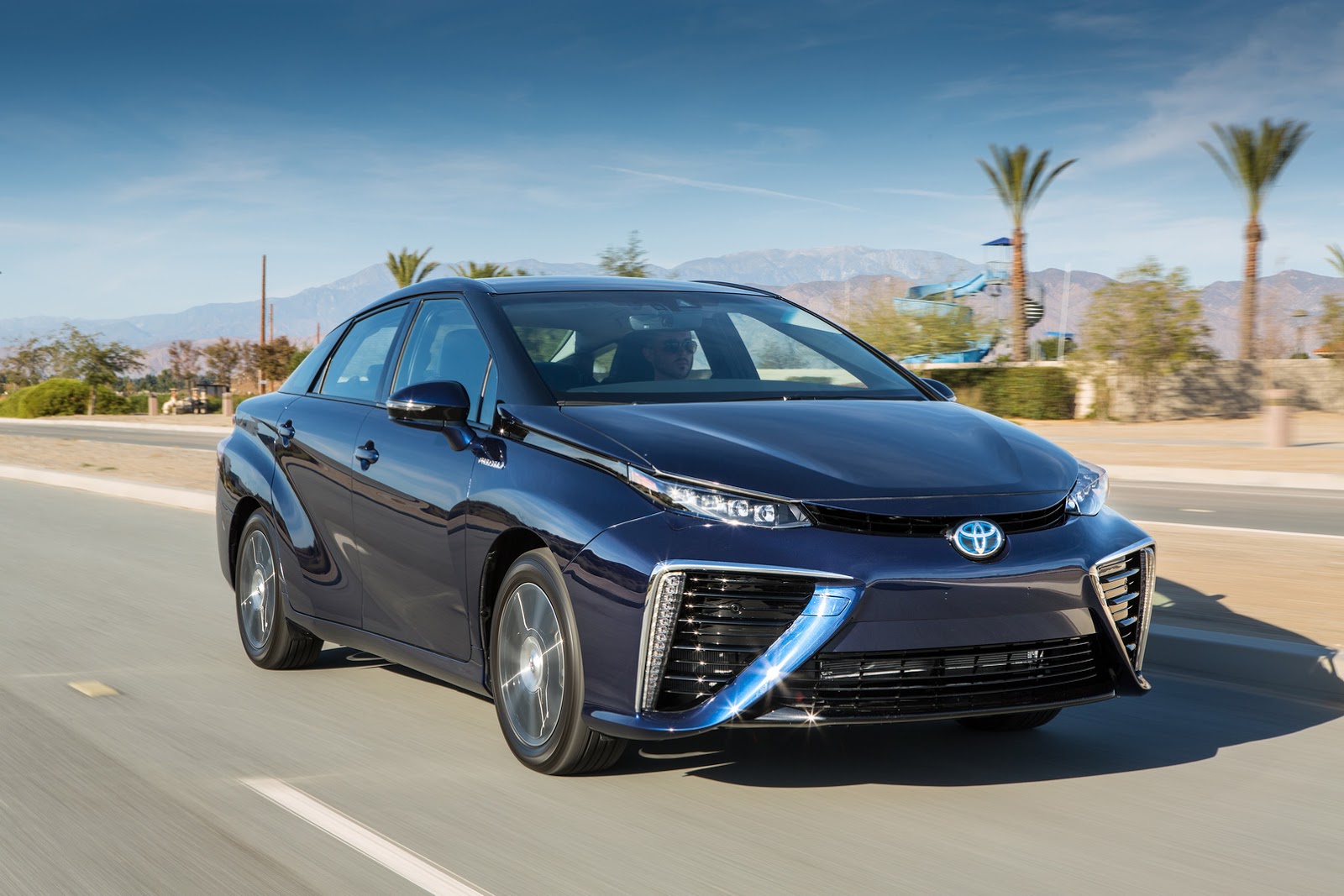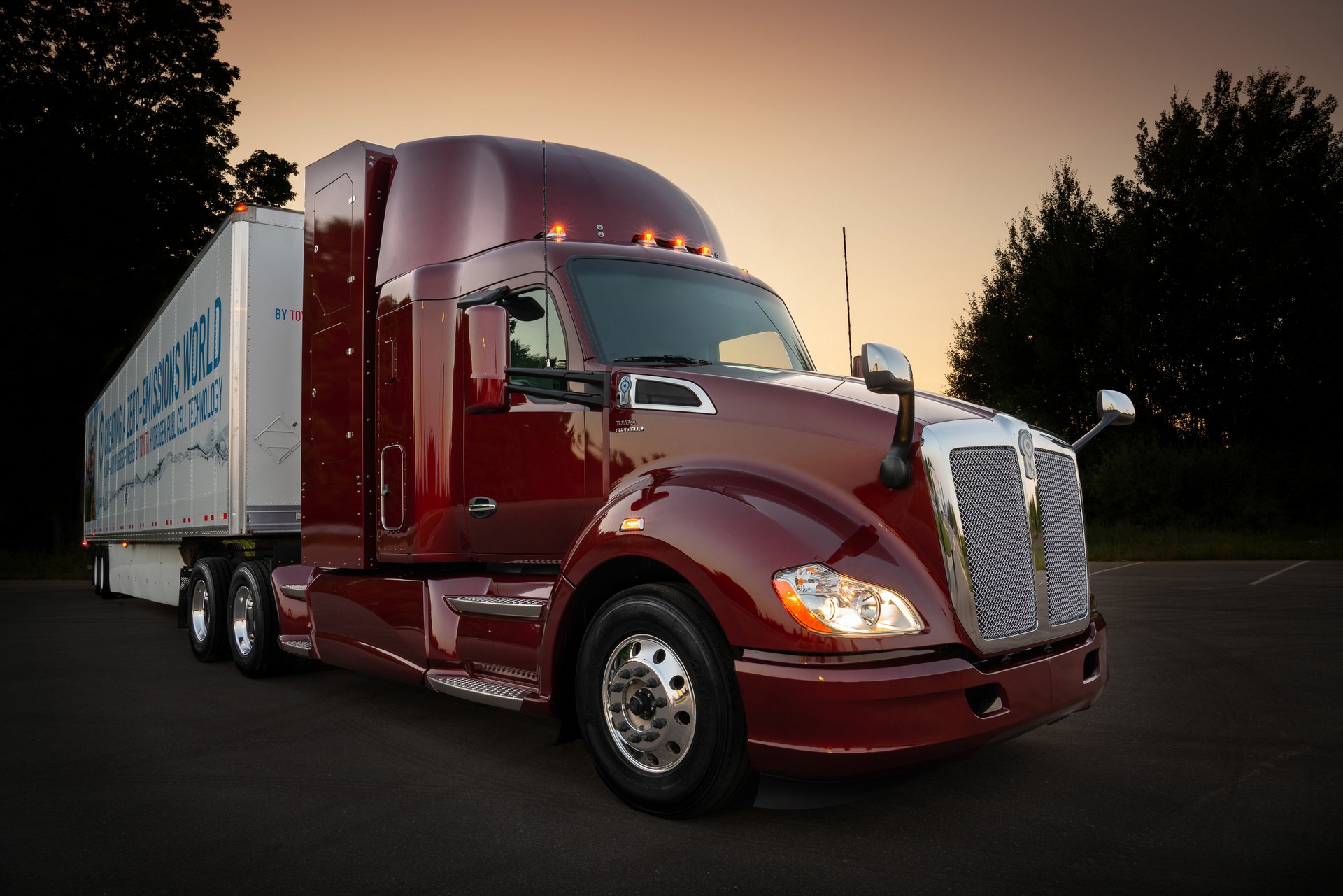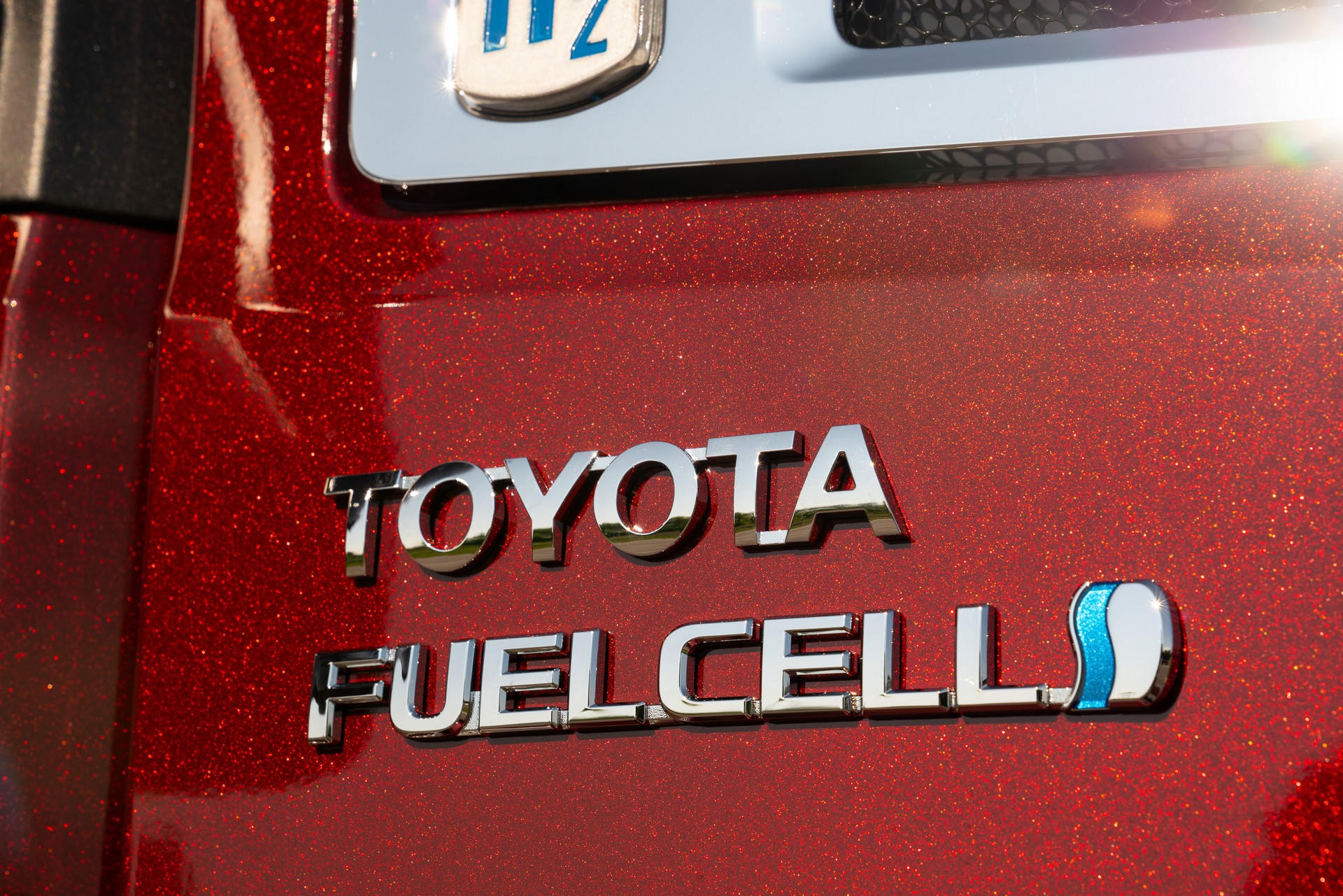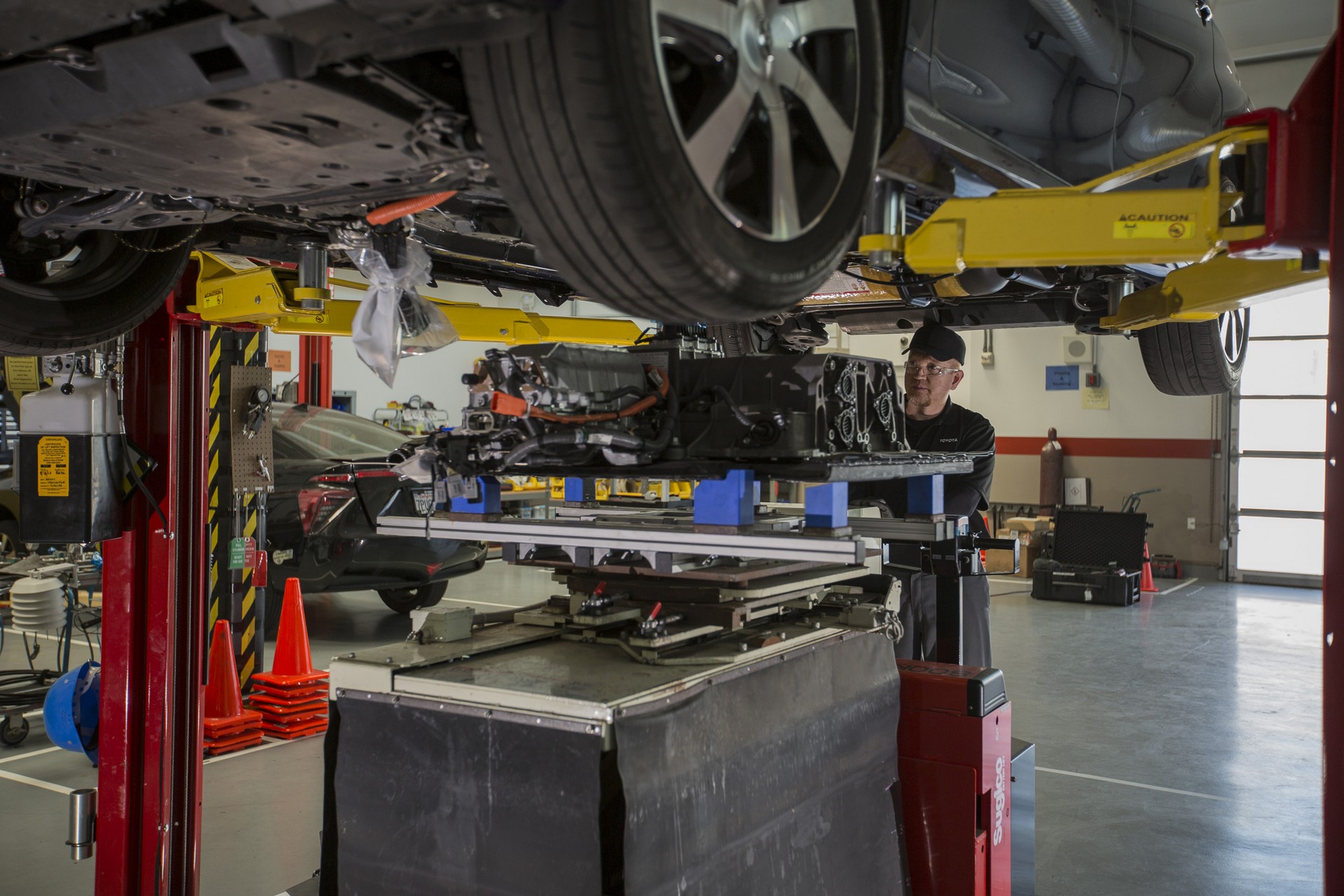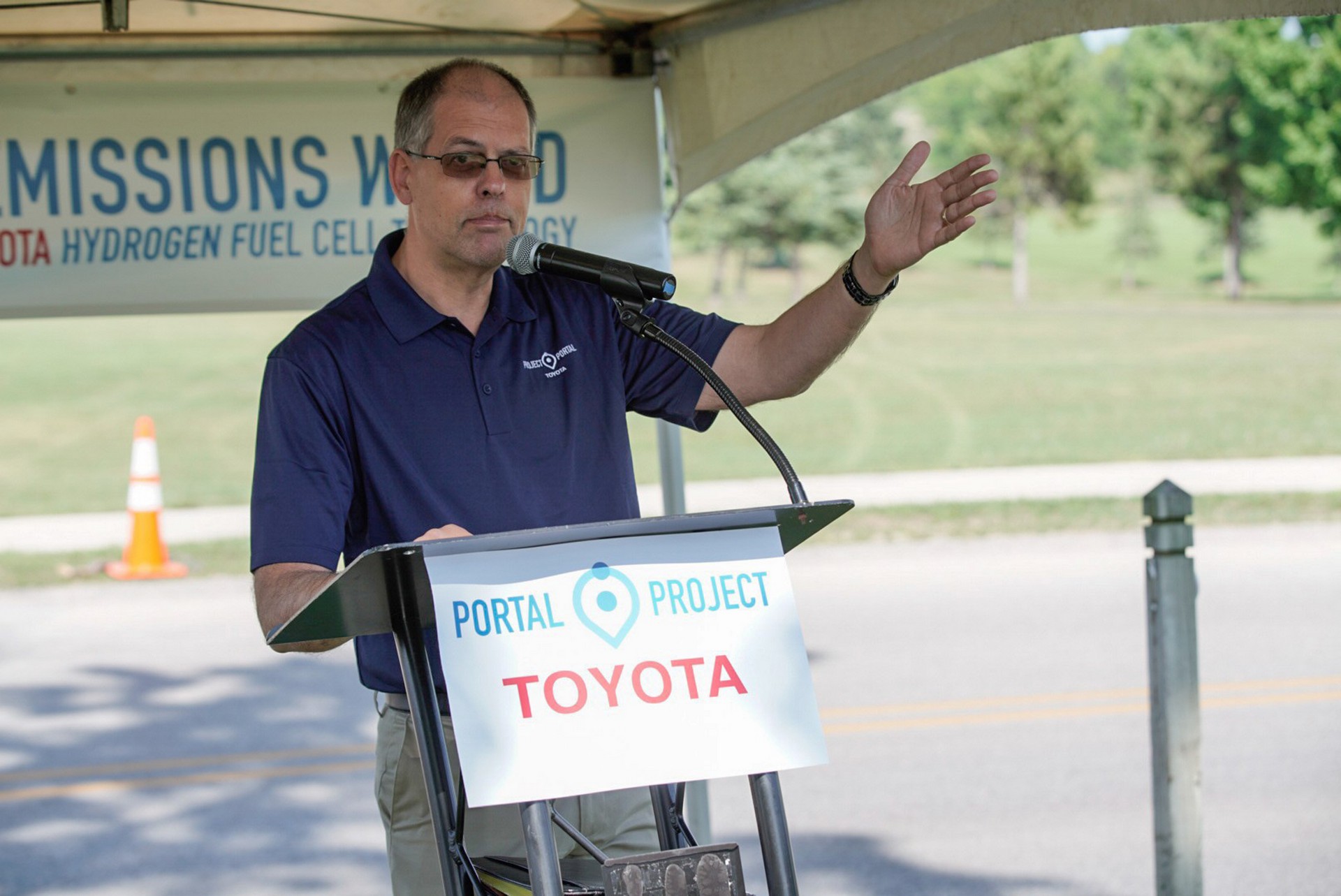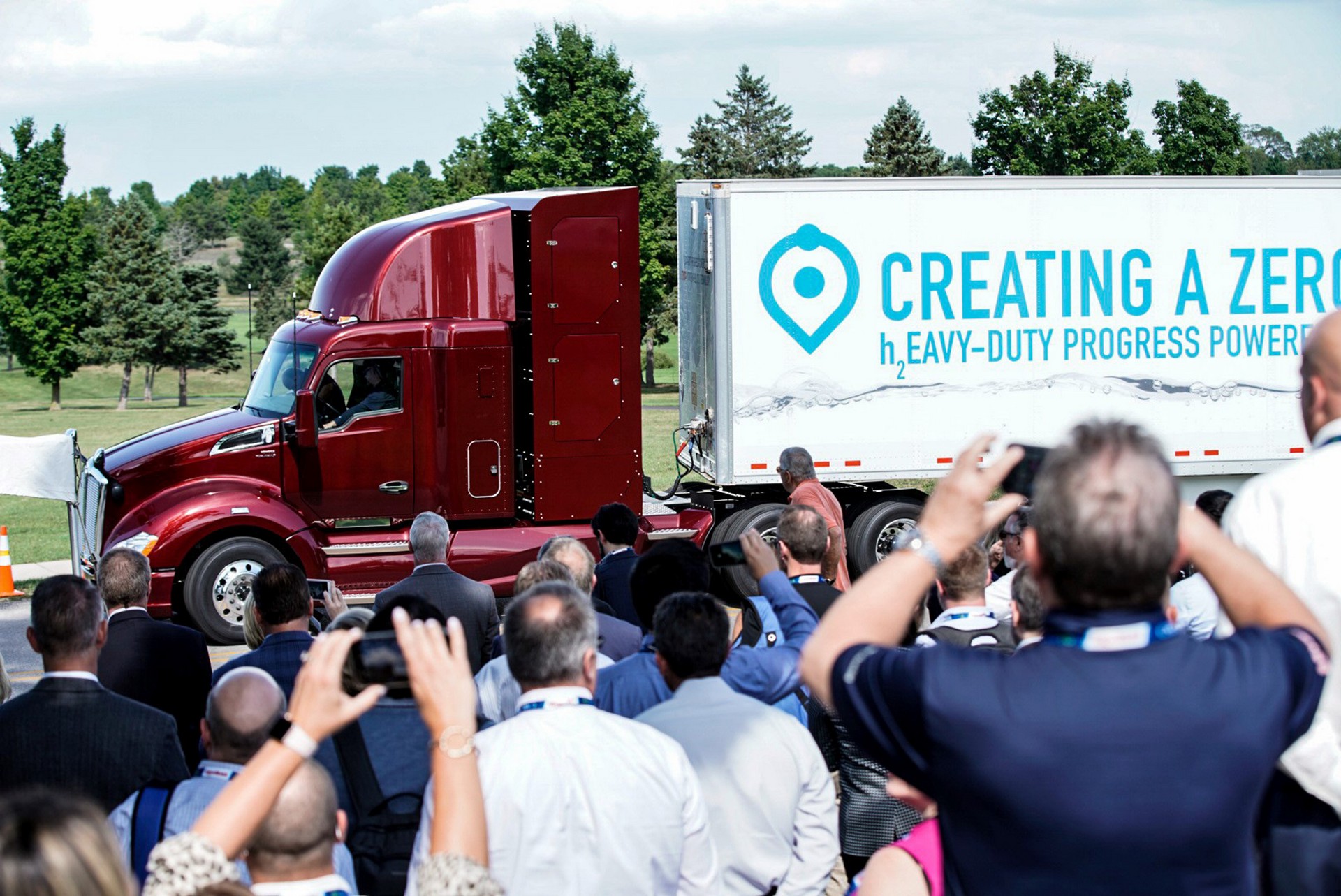Toyota is one of the few automakers embracing fuel cell vehicles and the company is doubling down on its commitment by unveiling Project Portal 2.0.
Billed as a “great leap towards the future of zero-emission trucking,” Project Portal 2.0 is a hydrogen-powered Class 8 semi which builds on the success of the original Project Portal that was unveiled last year.
Built using a handful of components sourced from the Mirai, Project Portal 2.0 is one of the world’s first zero-emission heavy trucks to be built by an OEM. It has a range in excess of 300 miles (482 km) and this is a 100 mile (161 km) improvement over the original semi. This has been achieved without negatively affecting performance, so Project Portal 2.0 has 670+ hp (500 kW / 679 PS) and 1,325 lb-ft (1,794 Nm) of torque.
Besides the increased range, Project Portal 2.0 is more versatile than the original semi as it has been equipped with a sleeper cab that makes it better suited for long-distance travel. Toyota also says the model has a “unique fuel cabinet combination that further increases cab space without increasing wheelbase.”
Thanks to these changes, Toyota says Project Portal 2.0 is “more commercially viable” than the original semi. While the company isn’t talking about production plans, the automaker highlighted the need for zero-emission semis by saying there are over 16,000 trucks working in the ports of Long Beach and Los Angeles alone. That number is expected to grow to 32,000 trucks by 2030.
The unveiling of Project Portal 2.0 comes shortly after Reuters reported Toyota wants to produce more affordable fuel cell vehicles including cars and crossovers. The report went on to say the next-generation Mirai will arrive in the early 2020s and will likely have a more powerful and compact hydrogen fuel cell system.
Little is known about the next Mirai, but the car could have an increased range of between 435 – 466 miles (700 – 750 km). By 2025, the range could climb to 621 miles (1,000 km).
Besides the next-generation Mirai, Toyota reportedly has plans for an assortment of other fuel cell vehicles including trucks and SUVs. These models are expected to be launched around 2025 and they could be joined by commercial vehicles.








